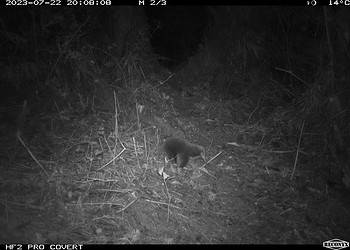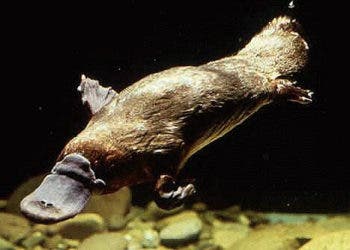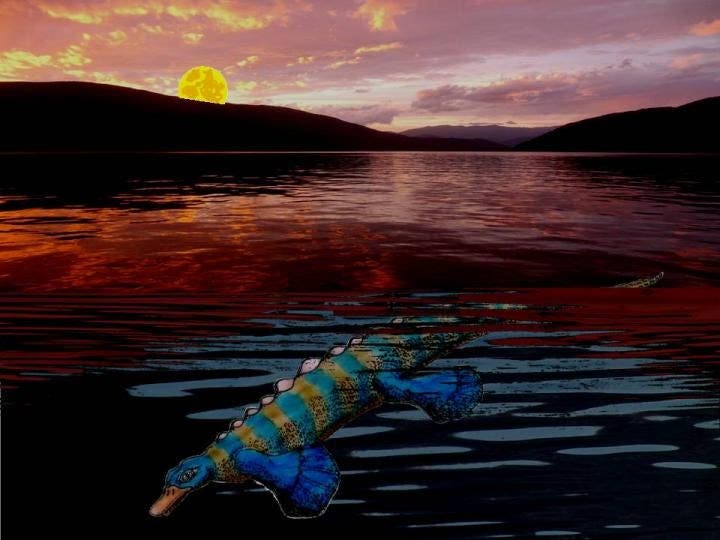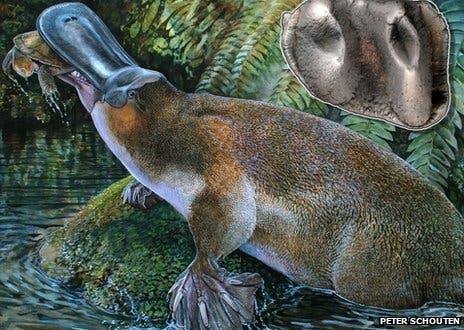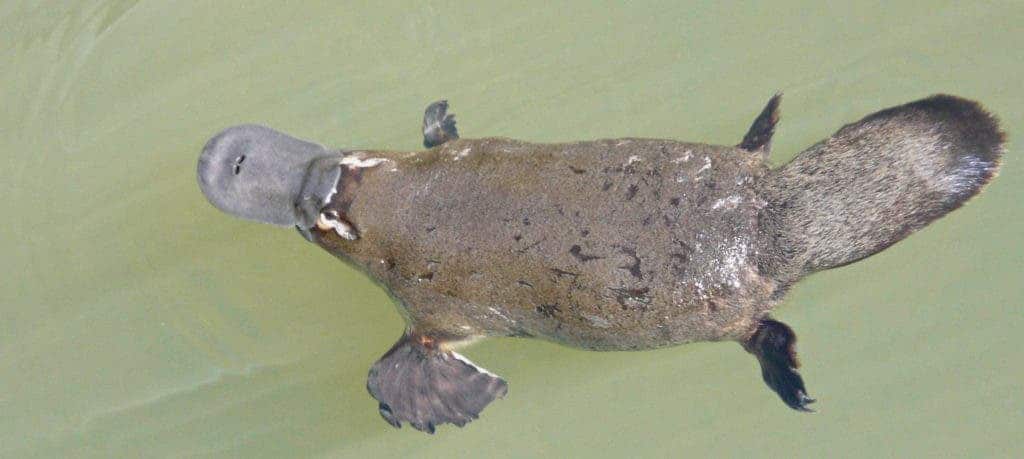
You probably know that you’re a mammal. Dogs, cats? Those are mammals, too. What about dolphins and whales? Yup, those are too — they’re called marine mammals. What all of these species have in common is that the female feeds her young on milk from her own body and gives birth to live babies. But its only the former that’s a definite and unique mammalian trait: oddly enough, there are mammals that lay eggs. They’re called monotremes, and it’s a group that is only comprised of two members that are still alive today: the platypus and echidna.
What gives?
I’d argue that the main reason why mammals have become so successful is due to their phenomenal evolutionary jump from laying eggs (oviparous) to birthing live young (viviparous). Of course, some environments are better suited for animals that lay eggs, but mammals have the huge advantage of producing young that are more developed.
An egg is a sealed system, so the development and size of an infant are determined by the amount of nutrients within the egg. The largest egg, which belongs to the ostrich, can only produce an infant that’s about 25 cm (10 inches) in size and weighs about a kilogram. In contrast, mammals can grow an infant for much longer than an egg and produce much more developed young that are better equipped to survive. For instance, an elephant will gestate for more than 600 days, giving birth to a 160-kilogram infant. What’s more, during pregnancy, the infant is protected against the environment and predators, unlike an egg which can be easily predated and broken.
This begs the question: why aren’t the platypus and echidna also live-bearers? Jurassic mammals diverged into a lineage leading to the monotremes and a lineage leading to the therians (marsupials and placental mammals) about 166 million years ago. Marsupials and placental mammals diverged from each other later — about 145 million years ago. Because monotremes are older than marsupials and placental mammals, many presume that the platypus (Ornithorhynchus anatinus) is a primitive animal.
Its wacky appearance — part bird, part reptile, part mammal — seems to suggest something ancestral too. Its legs also come out on the sides like a reptile rather than from underneath. The female lays one to three eggs in a burrow and then curls around them to provide warmth. Ten days later, the lima bean-sized younglings hatch. The mothers nurse their young with milk — but not from nipples (which they lack) but rather from the pores in their skin. The milk collects in grooves on the female’s stomach, which the babies lap rather than suck. Four long months later, the babies are ready to come out of their burrows and swim just like their mums
The strangeness doesn’t stop there. Male platypuses have venomous spurs on their back legs. Its venom is strong enough to kill a dog, but not potent enough to kill humans — although the pain is extreme and can last for days — even months. Many reptiles have venom and since reptiles are often considered primitive, this is another cue that the platypus is an inferior creature, and thereby explaining the mammal’s rather weird egg-laying. But that’s not really true.
“Platypuses do not have “reptilian” traits, they have ancestral amniote traits [enveloping developing embryos in protective layers]. The most obvious one is egg-laying. Platypuses retain a variety of amniote genes related to egg development that have been lost in the therians. In addition to retaining some ancestral amniote traits, platypuses have acquired new traits. One such trait is venom production [..], platypus venom is not “reptilian” but an independently acquired trait and merely convergent upon reptile venom. Additionally, platypuses have an electrosensory system that allows them to detect prey based on electrical fields. Possessing these traits, a platypus might look at us and ask, “Who are you calling ‘primitive’?” since we preserve the ancestral (“primitive”) state by lacking both features,” according to the Nimravid blog.
Like with most other creatures, today’s monotremes are not primitive but rather adapted to their particular environments. What’s more, evidence suggests that the very first mammals were egg-layers and may have possessed a cloaca. In fact, monotreme means “single hole” — referring to the multi-purpose opening in their rear end used for both excretion and reproduction (the cloaca).
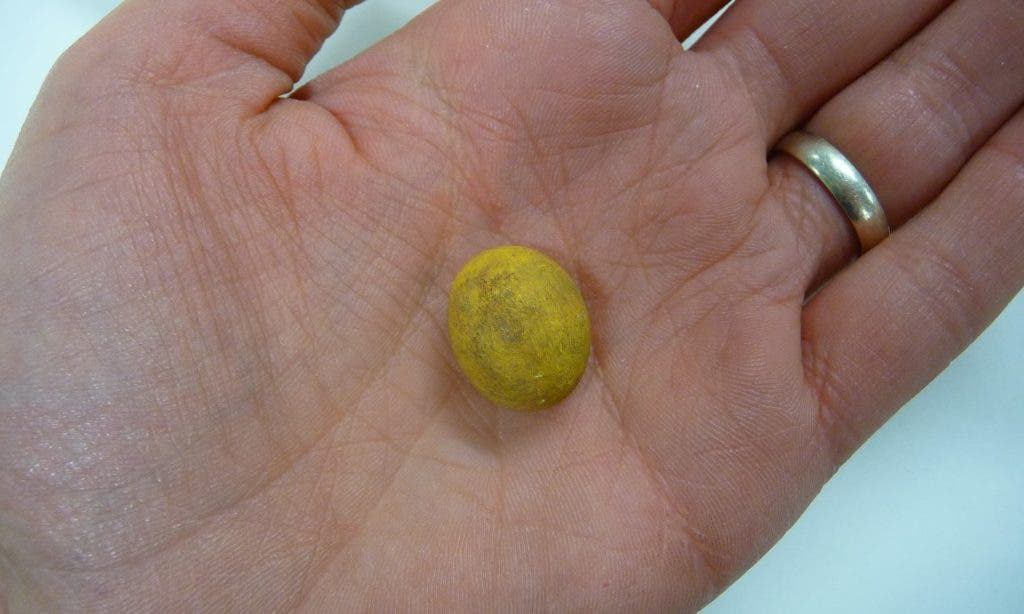
The odd monotremes dominated Australia for millions of years until their pouch-bearing cousins, the marsupials, invaded the land down under 71 million to 54 million years ago. Examples of extinct monotremes include Zaglossus hacketti (a long-beaked echidna from Western Australia that is dated to the Pleistocene) and Obdurodon tharalkooschild (a giant, carnivorous platypus with fearsome teeth, twice the size of today’s platypus). When there wasn’t any competition, the monotremes did just fine laying eggs, but when marsupials invaded they stood no chance.
According to evolutionary biologist Matthew Phillips of the Australian National University in Canberra, the reason why egg-laying mammals still exist today is that the surviving ancestors sought refuge where marsupials could not follow — the water. This theory bodes well with platypuses, which are aquatic. However, echidnas solely dwell on land. A study performed by Phillips and colleagues performed a genetic analysis finding that echidnas diverged from platypuses only 19 million to 48 million years ago. This means that the echidnas shared a semiaquatic ancestor and only later colonized the land. Hints that this might be true include the echidna’s streamlined body, hind limbs that look like they once served as rudders, and a ducklike bill during embryonic development.
It worth mentioning that different animals have adopted different strategies that are shared mainly by a group. For instance, 15 to 20 percent of the 9,000 known species of snakes and lizards are live-bearers. So are some species of fish, such as guppies and sharks.
If anything, monotremes are a testament to the immense diversity of animal life. What’s more, studies of the platypus’s genome — such as those performed by Stanford University’s Craig Lowe — might one day shed light on the evolution of pregnancy.
